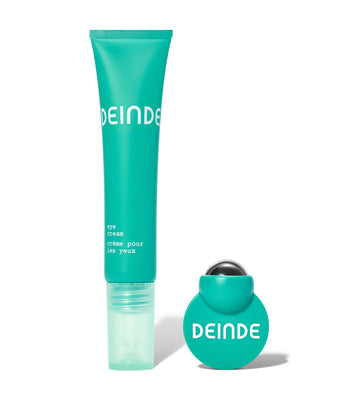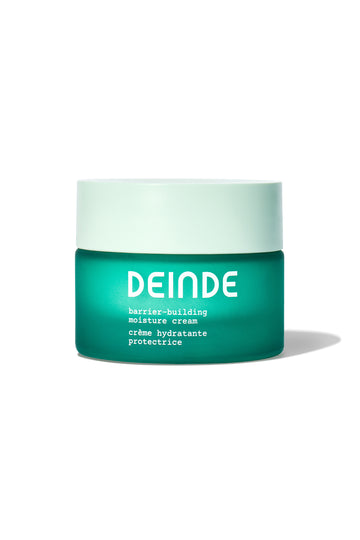

INFLAMM•AGING
That vitality you’re seeking? It’s being dulled by chronic low-level inflammation. This is inflammaging — a breakthrough discovery in skin science that changes everything.








This is the root cause of skin aging
Inflammaging is the result of chronic, low-level inflammation — left alone, sustained inflammation accelerates skin aging via the breakdown of collagen and elastin. Chronic stress additionally weakens our skin’s barrier function, making the skin exceptionally sensitive to disruptions like hormonal shifts, pollutants, shifting environmental factors, etc.

Healthy skin is a mirror
As a response to stress, dietary shifts, and lifestyle habits, our skin tells us when something is off-kilter internally. The condition of our skin, including its texture, tone, and appearance, is a visual indicator of overall health — showcasing vital information about hydration levels, underlying inflammation, and internal processes. As the body’s largest organ, the skin is composed of multiple layers of tissue, sebaceous and sweat glands, and sensory receptors.

Everyone experiences inflammation...
Acute (short-term) inflammation isn’t the enemy — in fact, it helps jump-start natural healing processes, promotes tissue repair, and is a crucial part of the body’s defense mechanisms.
Chronic low-level inflammation, on the other hand, is a sign that your skin is exhausted. The body’s natural defense mechanisms are overwhelmed, resulting in a continuous inflammatory response. Over time, inflammaging can damage the cellular structure and skin’s capacity to repair and regenerate.

It's all about prevention
Inflammaging is a self-fulfilling cycle of low-level inflammation and irritation — but one that can be interrupted before significant collagen and elastin damage. While it’s impossible to go back in time, skin can be made more resilient against inflammaging through preventative skincare, dietary shifts, and anti-inflammatory habits.
This is the root cause of skin aging
Inflammaging is the result of chronic, low-level inflammation — left alone, sustained inflammation accelerates skin aging via the breakdown of collagen and elastin. Chronic stress additionally weakens our skin’s barrier function, making the skin exceptionally sensitive to disruptions like hormonal shifts, pollutants, shifting environmental factors, etc.
Healthy skin is a mirror
As a response to stress, dietary shifts, and lifestyle habits, our skin tells us when something is off-kilter internally. The condition of our skin, including its texture, tone, and appearance, is a visual indicator of overall health — showcasing vital information about hydration levels, underlying inflammation, and internal processes. As the body’s largest organ, the skin is composed of multiple layers of tissue, sebaceous and sweat glands, and sensory receptors.
Everyone experiences inflammation...
Acute (short-term) inflammation isn’t the enemy — in fact, it helps jump-start natural healing processes, promotes tissue repair, and is a crucial part of the body’s defense mechanisms.
Chronic low-level inflammation, on the other hand, is a sign that your skin is exhausted. The body’s natural defense mechanisms are overwhelmed, resulting in a continuous inflammatory response. Over time, inflammaging can damage the cellular structure and skin’s capacity to repair and regenerate.
It's all about prevention
Inflammaging is a self-fulfilling cycle of low-level inflammation and irritation — but one that can be interrupted before significant collagen and elastin damage. While it’s impossible to go back in time, skin can be made more resilient against inflammaging through preventative skincare, dietary shifts, and anti-inflammatory habits.










